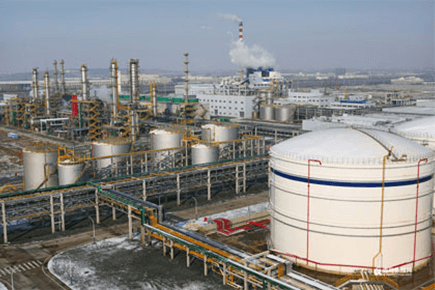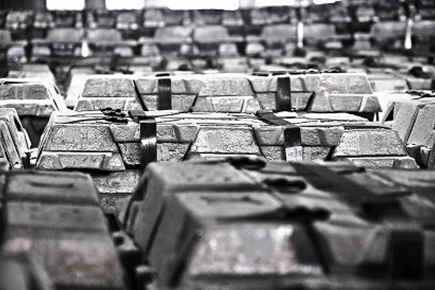
Sunresin-Refinement of Hydrochloric Acid Byproducts with Resin and Technology
Industrial hydrochloric acid is usually produced by burning Cl2 and hydrogen in a synthesis furnace to form HCl, which is then absorbed by water. The furnace operates at high temperatures, causing Cl2 to react with the steel furnace walls. This results in the presence of ferric chloride vapor in the produced hydrochloric acid gas.
This gas also introduces iron impurities during pipeline transmission, causing the hydrochloric acid to turn yellow due to the presence of iron.
Why is important to remove iron from hydrochloric acid?
The iron content in reagent-grade hydrochloric acid is strictly regulated by Chinese standards (chemically pure: 0.0001W/%, analytically pure: 0.00005W/%, superior pure: 0.00001W/%, basically colorless). The production of reagent-grade hydrochloric acid usually involves evaporating hydrochloric acid gas from industrial-grade hydrochloric acid in a glass reactor, or purifying hydrochloric acid gas produced in a synthesis furnace. Therefore, iron removal is an important step during the hydrochloric acid production.
Seplite® LSC Series Resin Iron Removal Process:
By analyzing the composition of impurities in the hydrochloric acid byproduct system of the chemical industry and combining its experience in organic wastewater and heavy metal removal, Sunresin has developed a two-stage resin treatment process for chemical byproduct hydrochloric acid. This process utilizes proprietary Seplite® LWT series macroporous adsorption resins and Seplite® LSC series iron removal resins that efficiently adsorb and remove organic molecules and iron from byproduct hydrochloric acid. It solves the issue of refining byproduct hydrochloric acid while maximizing customer value.
Seplite® LWT Series Macroporous Adsorption Resin:

The Seplite® LWT series macroporous adsorption resin is a highly efficient macroporous adsorption resin with a specially designed large-pore structure on a polystyrene molecular backbone and optimized pore structure and distribution. This resin has a uniform pore size and ultra-high specific surface area.
Seplite®LSC Series Ion Exchange Resin Iron Removal Principle:
In concentrated hydrochloric acid, metal ions mainly exist in the form of complex anions. LSC series ion exchange resins can effectively remove iron ions and also remove other metal ions to varying degrees.
Contaminated hydrochloric acid passes through a special ion exchange resin, and the exchange process capture the iron thanks to the very high selectivity.
Once the LSC series ion exchange resin is saturated with iron ions, it can be regenerated with deionized water (distilled water). After regeneration, the ion exchange resin is restored to its original state and can be repeatedly used for exchange and regeneration.
Seplite® LSC series ion exchange resin are specifically designed for the removal of iron from very high concentrated hydrochloric acid thanks to the presence of high affinity logands on the surface of the resin. The iron saturated resin after adsorption can be easily regenerated. This resin is characterized by high capacity, extremely high chemical stability, easy regeneration, simplicity of use, strong pollution resistance, long service life, low operating costs, small equipment investment, thus making it widely used in the field of hydrochloric acid refinement.
This resin can be used in the industrial production of low-iron pure hydrochloric acid and reagent-grade hydrochloric acid, and the iron content can reach the standard of analytical reagent.

















